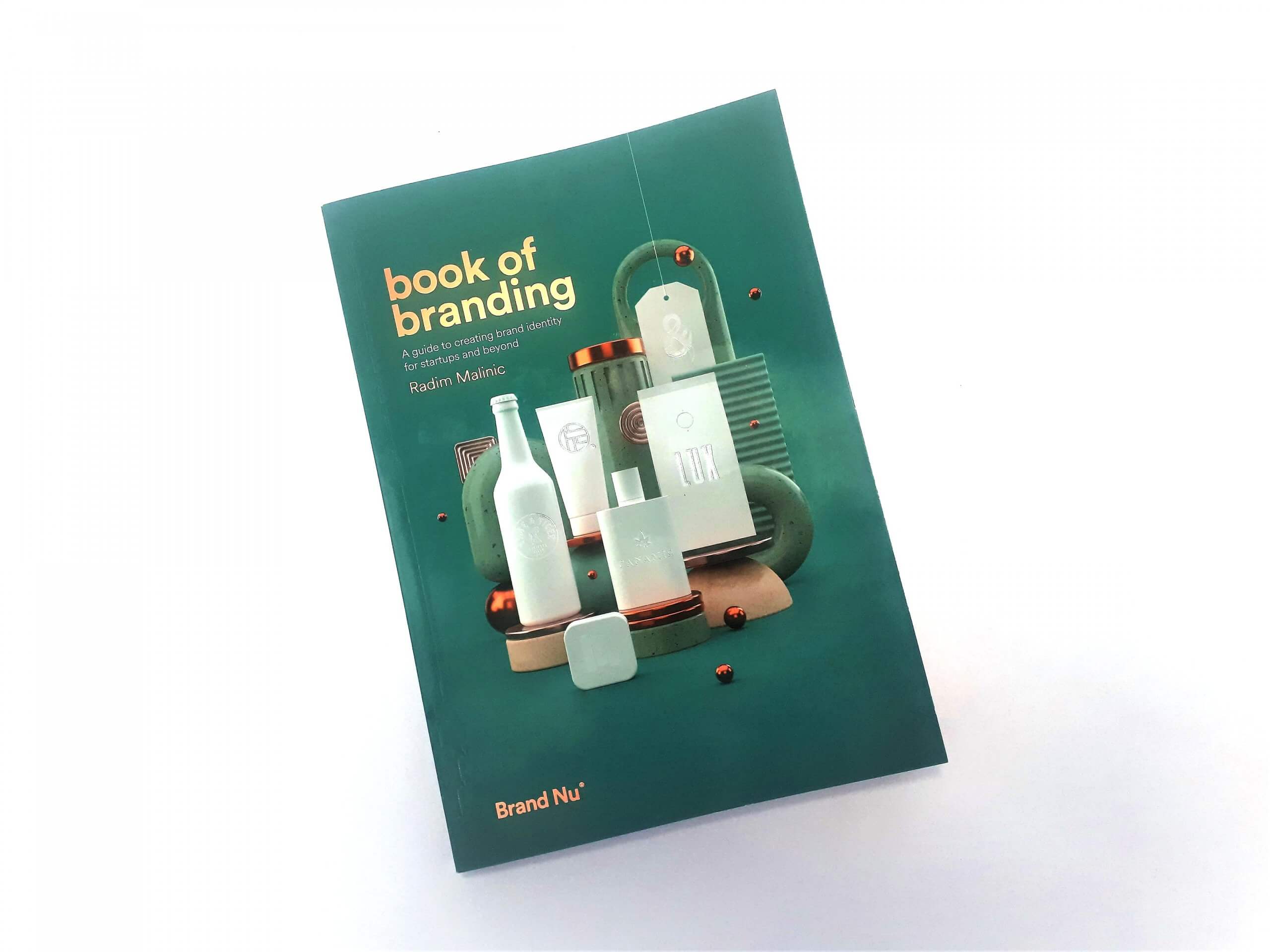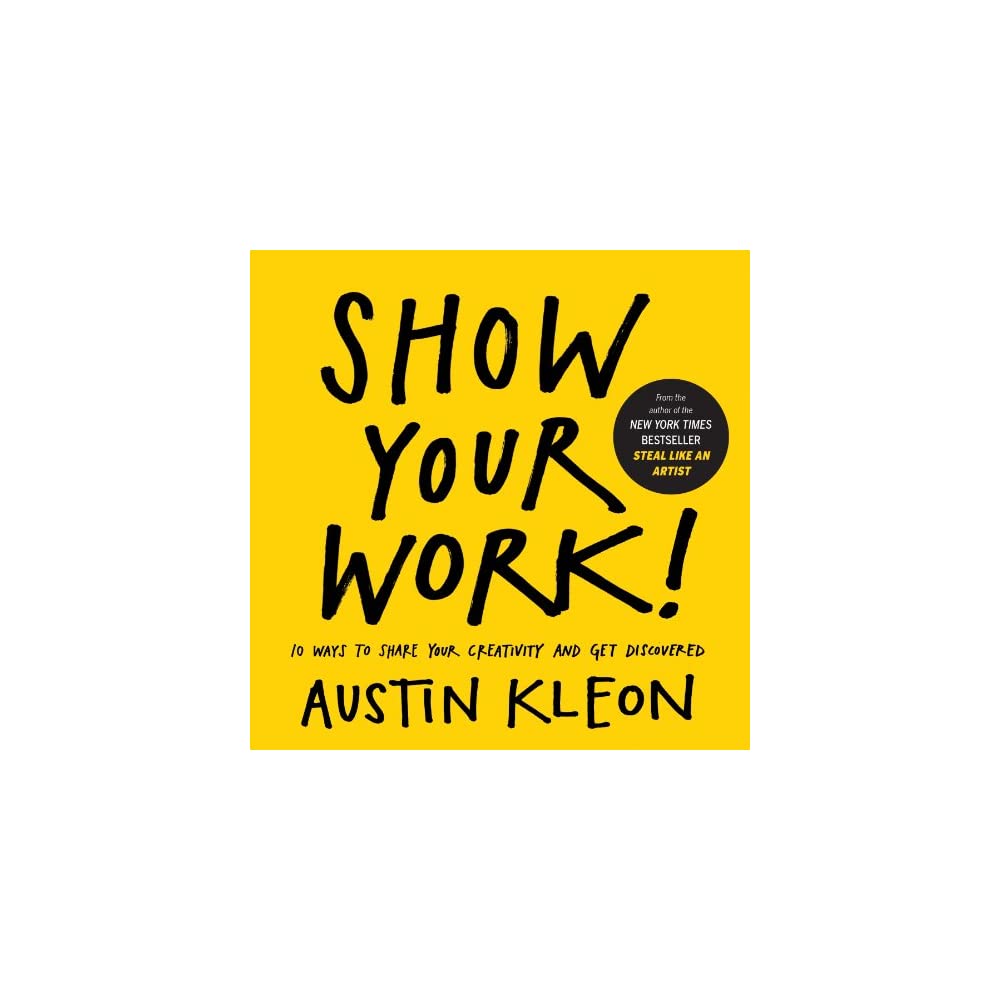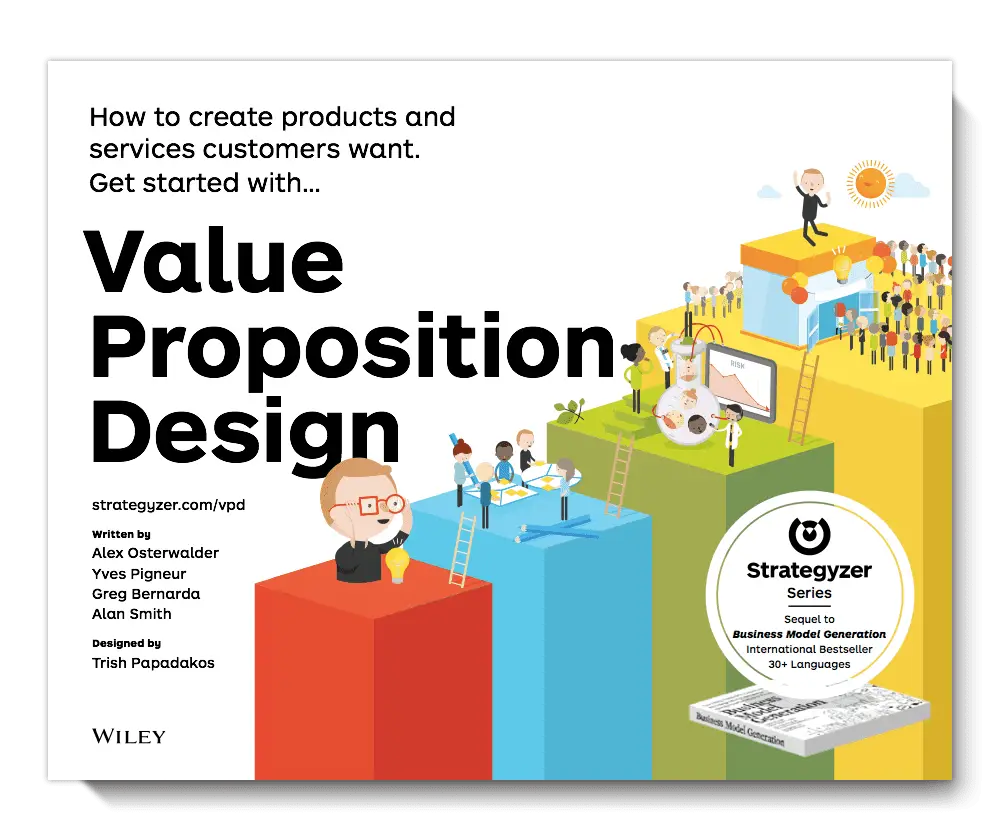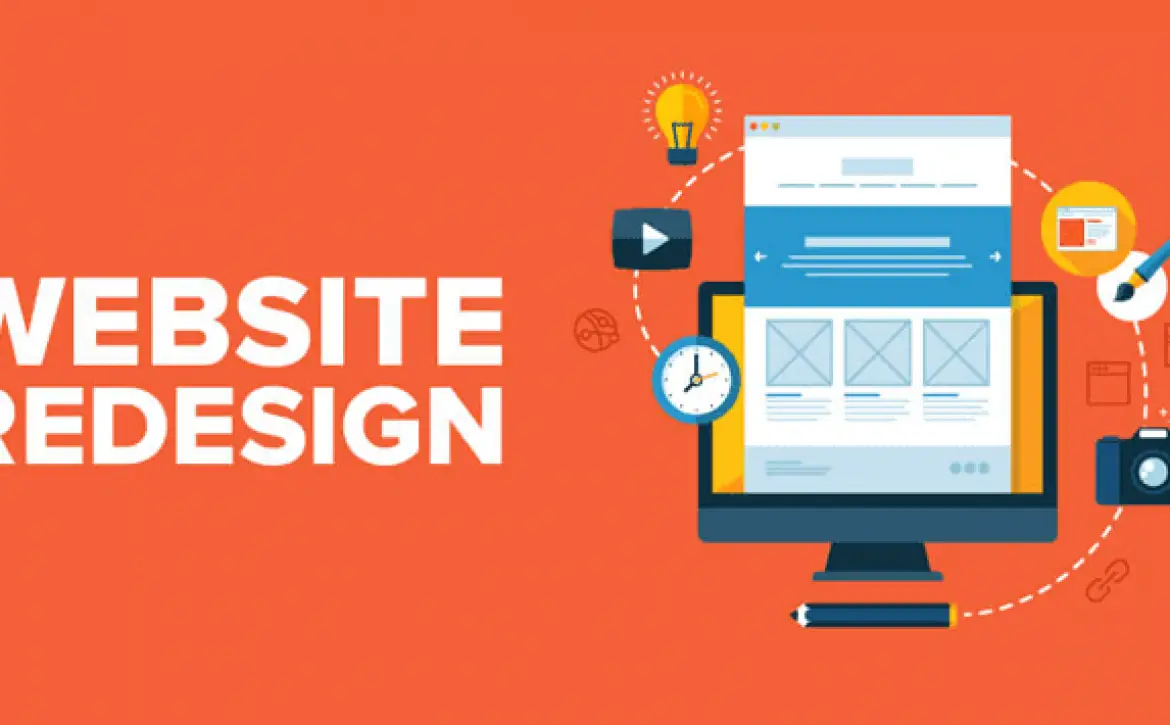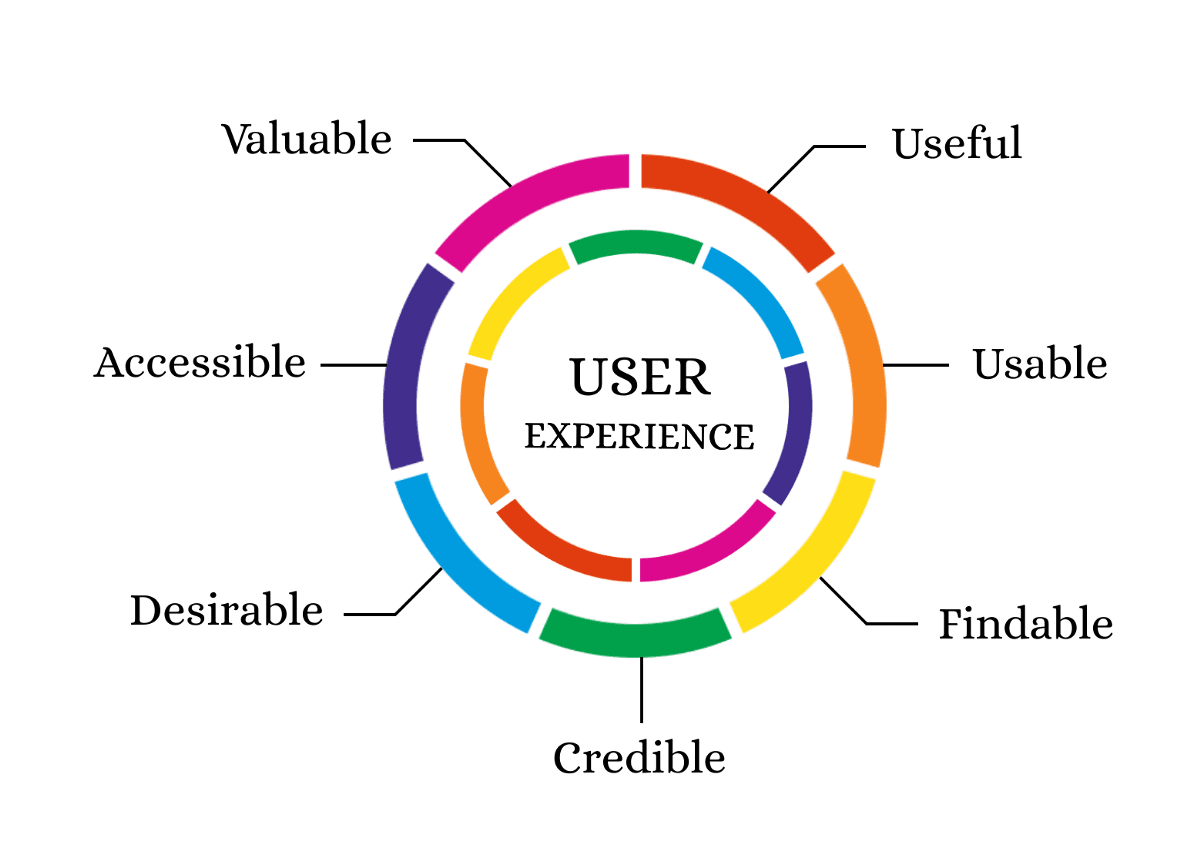7 Main Reasons Your Website Isn’t Generating Income
I outline seven reasons in today’s post for why your website isn’t generating any revenue for you.
Therefore, it’s the same old tale: you have a fantastic website and assume it’s going to blow up because everyone will flock to it. So, in this post, I’m going to discuss 7 reasons why your website isn’t generating any revenue, how to solve it, and how to make your website a money-generating machine.
I’ll go over seven techniques to effectively optimize your website for conversions. I’m now displaying websites to you that have generated millions of dollars in income, millions of conversions, and hundreds of lead generation alternatives.
I want to start by teaching you something Rand Segall said a few years ago. He published a video demonstrating the optimum website design. Although you shouldn’t adhere to this rule to the letter, it does contain the principles required to create a website that is growth-friendly. Naturally, you want to have all of the information a user needs to make a decision on your website available before the fold.
The process therefore begins with a title, headline, or tagline of some kind, a subtitle that may elaborate on that tagline, and a CTA/Call-To-Action that may be a button or the primary point of contact you want website visitors to make. And finally, of course, some kind of social proof, which can be a testimonial, a link to one of your case studies, and then a visual. This can be a little bit further down the page.
The most crucial information should be in the top left corner of your website, and everything should flow smoothly because the majority of website visitors will read from left to right when they are there.
Therefore, let’s go through some of these.
1) Texting
Your messaging is unclear, terse, and fails to provide the user with the information they require as soon as they arrive at the website.
You can see that it states, “We design lucrative branding and websites for startups,” on our agency’s website. We pretty much only do that; that is what we do. Therefore, it makes it simple for the user to come here and grasp exactly what kind of service we should offer and why they want to collaborate with us.
That’s one, then: avoid creating complicated, outlandish taglines and make sure your messaging is succinct and simple to comprehend. The most important thing is to keep it simple: stick to 7–10 words, one sentence, and something you can say to someone in an elevator without too much difficulty.
2) A Call-To-Action
Your website should have crystal-clear calls to action. As you can see, the website has two calls to action here, a call to action or button here, and elsewhere. This is evident on every kind of website you can find online, where choosing a course of action is quite simple and obvious.
Therefore, if I visit the homepage of Slack, for instance, we will understand and see all of those right here in their design. You can tell I’m on the Slack features page because there is a big, obvious call to action to “Get started” or “See all features.”
If I click “See all features,” it’s gonna let me scroll through the page and learn more about the brand. They even have this sticky menu up here to make sure that call-to-action is always clear and easy to see as I scroll throughout that website.
So make sure that you have calls-to-action throughout–don’t overload, folks! Keep it consistent across the board, but try to make all of your buttons or calls-to-action go to a place where they can perform some type of action, and convert on your website.
3) Social Evidence
Another thing I always suggest—and you’d be astonished at how many organizations I find doing this—is that they don’t have any references, case studies, or other evidence that demonstrates their expertise.
In light of this, I always, always advise doing it above the fold. If you are unable to put that above the fold, be sure to add it someplace on your homepage so visitors can learn more about you.
Now, if you scroll down on our website, harnixtech.com.ng, you’ll see reviews from actual clients with whom we’ve partnered and worked. This is incredibly effective.
Focusing on obtaining Google reviews that you can then use is another option. You should write an honest review because you can post it on your website. However, if you also use Google for reviews, you now have a location to store those reviews and you also appear locally in that map pack, which is going to be essential to your development.
Making sure you have endorsements, reviews, or some other form of social evidence that demonstrates your expertise is the third step. You can always refer back to this file because, as you can see, it contains my social proof. Additionally, once you scroll down the website, more social proof appears below the fold.
People need to understand how to collaborate and what it’s like to work with you. In order to determine whether we are competent at what we do and whether our potential clients want to work with us, I’ve had clients or prospects contact us first. Then, they’ll go and contact our existing clients to get testimonials and real, live reviews.
So make it simple for visitors to your website to find those endorsements and reviews.
4) Funding
Next, simplify the user experience as much as you can to help users decide if you’re the right fit for them.
If not, I’ll quickly explain it here. This is simply our online form, so I’m going to keep it short and sweet and just begin to fill it out. Type: awol.com Okay, so this is where it gets weird, isn’t it? It’s cool: it works, but I’m not sure whether that’s the appropriate word.
Therefore, be sure your website has a question or something like. Because of the fact that we previously had a website, a really simple form, and a ton of leads.
However, a large portion of those leads either had the necessary funds or didn’t meet our ideal client profile. Therefore, like I mentioned earlier, have clear messaging, right? Who your ideal customers are should be included in that messaging.
Ours are new businesses. They can click that after reading some of your testimonies and evaluations, so that call-to-action is also fantastic.
Naturally, the fourth reason your website isn’t converting is that you’re now being targeted and offering a client’s ideal budget that you’d like to work with.
5) Communication
You probably aren’t measuring the interactions on your website, which is reason number 5 for why your website isn’t converting.
This company, blackillustrators.com, offers a website where you can download illustrations with people of color in them. We can now go ahead and add some design features and make this site attractive, but that’s something we’re doing at random, right? We don’t base those decisions on the information we now have.
We want to make sure the page has strong calls-to-action and that the most popular illustration packs are near the top because a lot of people are clicking on the illustration packs. We also see that many individuals are using search engines, so we want to be sure we have all the search terms and keywords we may require.
A majority of the illustrations we produce are related to the business category because people adore that one. Check out how this heat map is helping us decide how the interactions on this website should go.
You can view recordings made using Microsoft Clarity and observe real-time interactions between visitors to your website. Being able to examine and say, “Okay, well, this individual spent only this amount of time on this page, maybe we should make some modifications,” is vital.
Now that Google Analytics and Microsoft Clarity are both free tools, which you are probably already aware of, use them to examine your website’s top performing pages, analyze your heat map created with Clarity, listen to recordings, and determine how to improve it so that users will convert more easily.
6) Simpleness
The sixth and final piece of advice I have for you all is to keep things straightforward.
Sometimes website activity is overdone; there is too much going on. As you can see, there are only 5 products on our menu. We make it very streamlined and straightforward for the end user, with no submenu of a submenu of a submenu and no 15,000 places to go.
Consider Stripe, perhaps one of the best payment processing platforms on the planet, if you look at all the top websites. You see how easy it is, don’t you? The main menu consists of 5 things; some of these have giant menus, but overall, the layout is straightforward.
There aren’t many calls to action throughout the website as you scroll; you can find one here, one further down, and one here. Really sleek and easy to understand. One of the largest payment processors in the world is undoubtedly this one.
However, make sure that using your website is simple. Limit the number of primary navigational options on your website to six, keep the content simple, and make it simple for visitors to find what they’re looking for.
Having your contact information in the header or footer, ensuring that there aren’t too many calls-to-action on each page, and making sure the website is, of course, responsive for all the various device kinds are some quick and easy ways to do this.
7) Design
The last thing I’ll say is that your branding does not compel the user to trust you.
I frequently come across websites with terrible branding, and the response I always get is, “Oh well, branding doesn’t matter, the look and feel doesn’t matter.” It’s the content’s caliber.
That much is true, but the first thing that visitors notice about your website is its appearance: is it appealing, does it look amazing, how does the overall flow feel, are the colors balanced and subtle, and does it generally seem wonderful? You want to make sure that your website appears fantastic, and I’ll tell you right now that our previous website looked alright. The conversions were decent, but it wasn’t outrageously good.
We need to make that adjustment now to make sure that it corresponds with the kind of customer that we’re going to target after we relaunched and refreshed our brand and went and said, “We’re charging a premium to our clients, we want to make sure that our website looks premium as well.” Our leads also increased dramatically.
But once more, you want to make sure that your branding is strong for website visitors. And the key reason is that you need to be appealing to the end user naturally. They must immediately notice uniformity throughout the website since how you conduct business will be reflected in how your brand appears to customers.
Conclusion
I appreciate you all who read through this long post, We would like to hear your comments on this, Thanks!.




